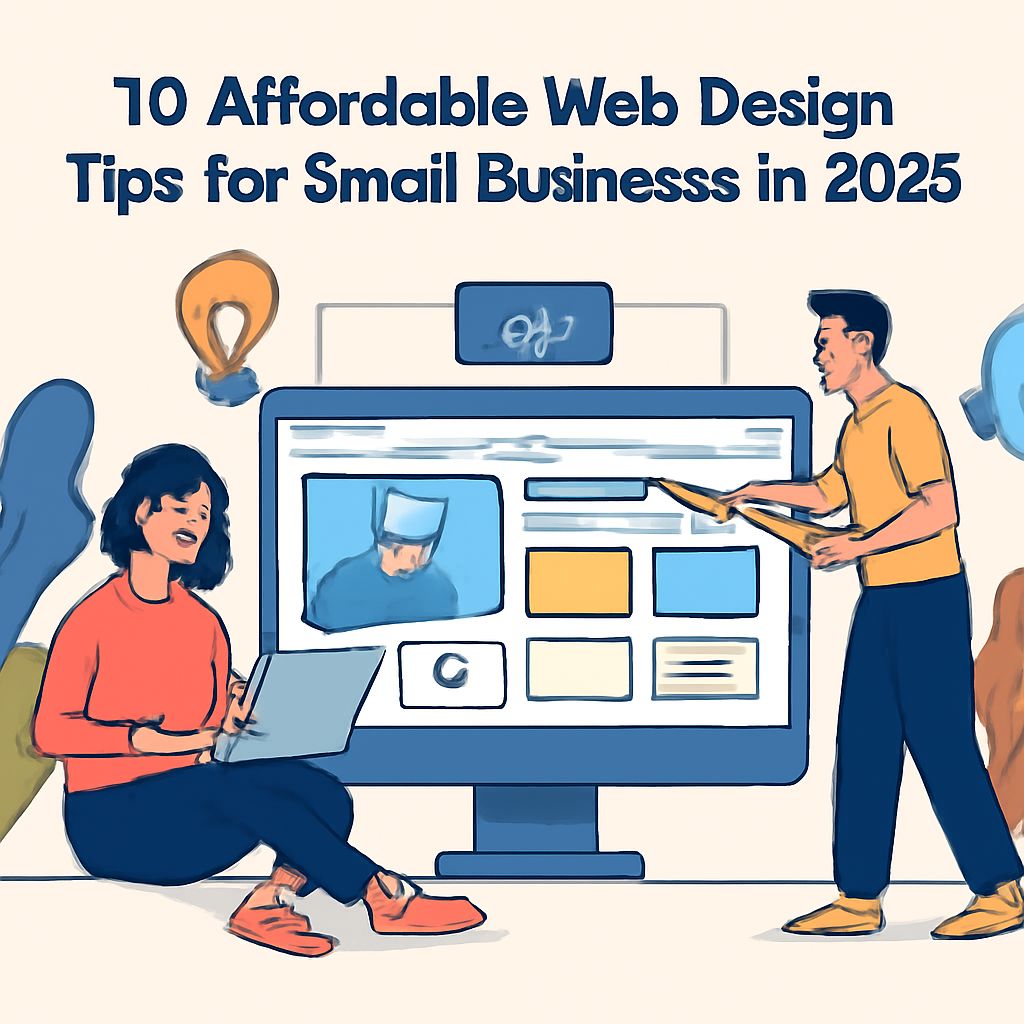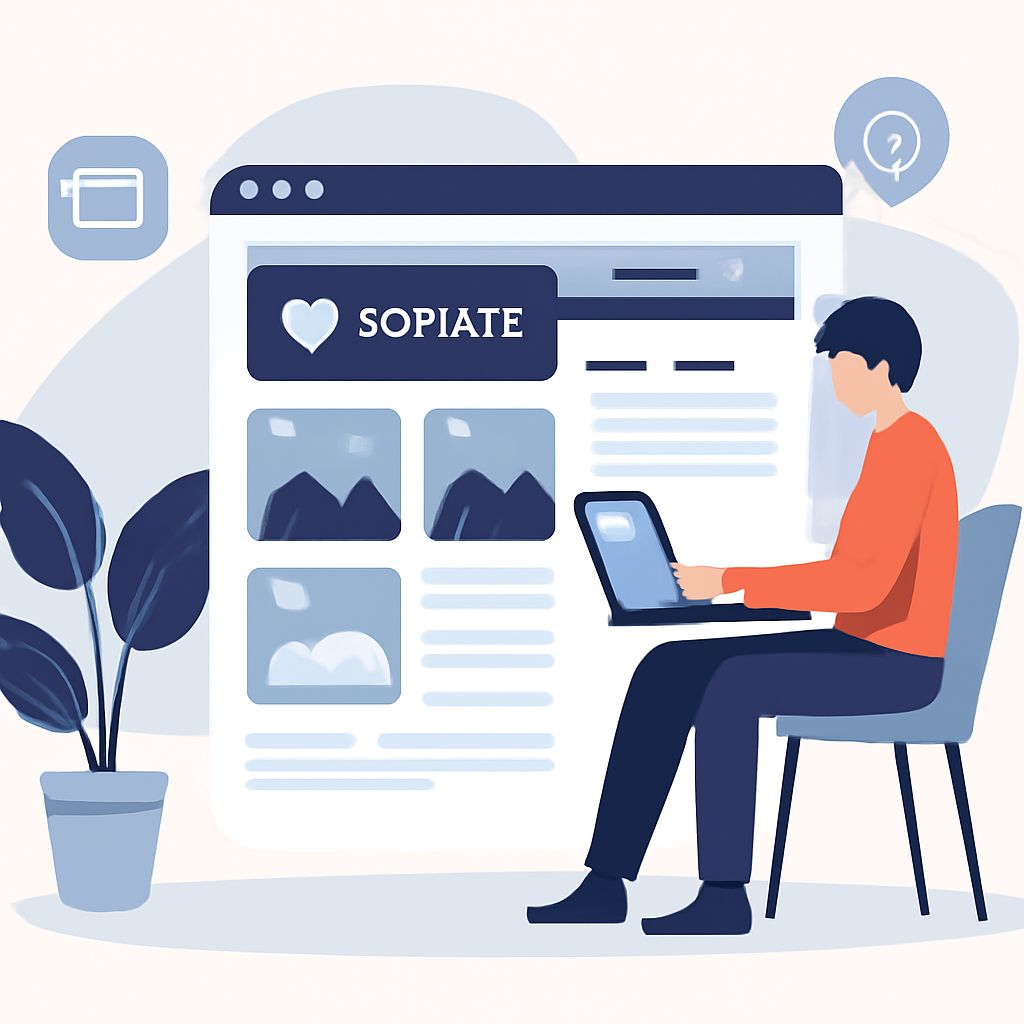Introduction to Responsive Layout
As the digital landscape continues to evolve, the need for websites that seamlessly adapt to different devices has become imperative. A responsive layout ensures that your website looks great and performs well across a myriad of devices, from desktops to mobile phones. This guide delves into the intricacies of mastering responsive layout, offering insights into techniques and best practices that will help you create a flexible and engaging web experience for all users.
Understanding Responsive Design
Responsive design is an approach that suggests that design and development should respond to the user’s behavior and environment based on screen size, platform, and orientation. It consists of a mix of flexible grids and layouts, images, and an intelligent use of CSS media queries. As the user switches from their laptop to iPad, the website should automatically switch to accommodate for resolution, image size, and scripting abilities.
Why Responsive Design Matters
Responsive design is not just a feature but a necessity. Here’s why:
- Improved User Experience: A seamless transition between devices provides a better user experience, keeping visitors on your site longer and more likely to convert.
- Increased Mobile Traffic: With more than half of the internet traffic coming from mobile devices, having a mobile-friendly site is crucial.
- SEO Benefits: Search engines, like Google, prioritize mobile-friendly websites in their search results, impacting your website’s visibility.
- Cost Efficiency: Instead of maintaining different versions of a website, a single responsive design reduces development costs and time.
- Future Scalability: Responsive websites are more adaptable to changes in screen sizes and resolutions as new devices emerge.
Key Components of Responsive Layout
Flexible Grids
Flexible grids are the backbone of responsive design. They use relative length units like percentages instead of fixed units like pixels. This ensures that your layout can adapt smoothly to different screen sizes. CSS Grid and Flexbox are two powerful layout modules that help create complex, responsive layouts without resorting to float or positioning hacks.
Responsive Images
Images are a critical component of web design, and they must also be responsive. The srcset attribute in HTML helps in specifying different images for different resolutions. The picture element can further aid in this by allowing developers to define different images based on device characteristics.
Media Queries
Media queries are the cornerstone of responsive design, allowing designers to apply styles based on the capabilities of the device. They can check for aspects such as screen width, height, orientation, and resolution, enabling styles to be applied conditionally.
| Media Query Feature | Description |
|---|---|
| max-width / min-width | Applies styles when a viewport is narrower/wider than a specified width (commonly used for mobile-first design). |
| max-height / min-height | Targets devices based on the height of the viewport. |
| orientation | Allows you to apply styles based on whether the device is in landscape or portrait mode. |
| resolution | Targets devices based on their pixel density, crucial for optimizing images and media resources. |
Best Practices for Responsive Design
Adopt a Mobile-First Approach
The mobile-first design philosophy advocates starting the design process from the smallest screen size and progressively enhancing the design for larger screens. This approach ensures that core content and features are accessible on all devices.
Utilize Content Prioritization
Not all content is equally important on every device. Prioritize content and functionality according to the needs and behavior of your audience on different devices, using techniques like card sorting and user testing.
Optimize for Performance
Responsive designs can become resource-heavy, so it’s essential to optimize for performance. This includes minimizing HTTP requests, using compressed images, and leveraging browser caching. Tools like Google’s PageSpeed Insights can provide valuable insights into potential improvements.
Test Across Devices
Testing is critical to ensure your responsive design works effectively. Use emulators and real devices to test your design’s responsiveness. Tools like BrowserStack and Responsinator can simulate various devices and screen sizes.
Conclusion
Mastering responsive layout is not just a technical challenge but a strategic one. By understanding the principles and employing best practices, designers and developers can create websites that not only look great across all devices but also provide a seamless, engaging user experience. As technology continues to evolve, the ability to adapt and innovate will remain key to successfully navigating the digital landscape.
FAQ
What is a responsive layout?
A responsive layout is a web design approach that ensures a website’s content adjusts smoothly across various screen sizes and devices, providing an optimal viewing experience.
Why is mastering responsive layout important?
Mastering responsive layout is crucial because it enhances user experience, improves SEO rankings, and ensures accessibility across all devices, which can lead to higher engagement and conversion rates.
What are the key components of a responsive layout?
Key components include flexible grid systems, fluid images, and CSS media queries. These elements work together to adjust the website’s layout based on the device’s screen size and resolution.
How do CSS media queries work in responsive design?
CSS media queries allow developers to apply different styling rules based on device characteristics such as width, height, and orientation. They enable the design to adapt to different screen sizes effectively.
What tools can help in creating a responsive layout?
Tools such as Bootstrap, Foundation, and CSS frameworks can significantly aid in creating responsive layouts. They provide pre-designed components and grid systems that streamline the development process.
How does a responsive layout impact SEO?
A responsive layout positively impacts SEO by improving site usability, reducing bounce rates, and ensuring that content is accessible on all devices, which can lead to better search engine rankings.




